
One of the long-standing barriers in bioelectronics is the need to overcome mismatches at the interface between biological tissue and traditional electronics.
The Rivnay group targets polymer-based electronic materials (organic electronics) to overcome the signaling gap (translation between ionic/biomolecular communication in biology to electronic communication in optoelectronics), and the mechanical mismatch (soft vs. hard). Our work spans the fundamental (materials science, chemistry) to the applied — targeting news ways to enhance communication across the device/tissue gap, improving sensing and stimulation for applications in neural interfacing and regenerative engineering.
{Syn[bio}electronics]

The union of bioelectronics with synthetic biology provides unique opportunities exciting in the realm of materials and biomedical engineering. For example, combining bioelectronics with engineered mammalian cells is a transformative opportunity in regulated, personalized therapeutics. This approach involves combining the strengths of synthetic biology – namely biological specificity that leverages the natural machinery of cells – with bioelectronic systems, which offer precision timing, dose control, and communication with established sensing technologies and clinical feedback.
Activities in the group center on development and characterization of biohybrid devices rely on bioelectronics to initiate the production of native peptides, control therapeutic dose, and support the health and productivity of these “cell factories”. Current efforts work towards regulation of circadian rhythms, and control of cancer immunotherapies.
In addition, the combination of organic bioelectronic devices with supported lipid bilayers infiltrated with cell free expressed trans-membrane proteins provides exciting new opportunities for novel sensors and neuro-mimetic devices.
Fundamentals & Materials design
Synthesis, processing, and mixed conduction
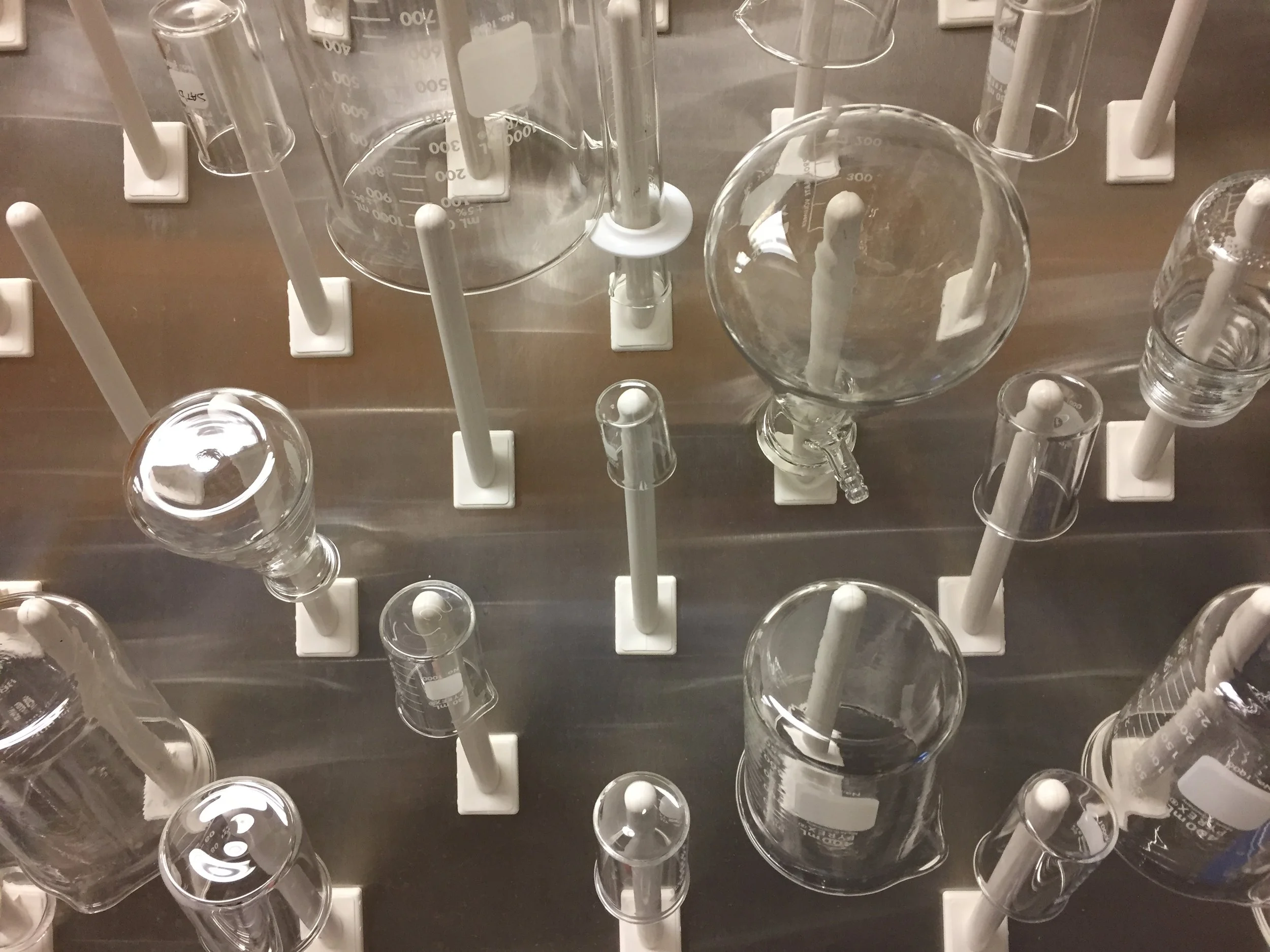
Core to tapping into the unique properties of organic electronic materials for bioelectronic is understanding how they work, so that we can design new materials for peak performance, stability, and processability.
Structure-Property Studies
To guide materials design and processing, we must understand how organic electronic materials interact with their environment. Our group is first and foremost interested in the mixed ionic/electronic transport and coupling of organic bioelectronic materials. We study these properties with a combination off structural and spectroscopic probes, device transport measurements, and collaboration with computational groups. Operando measurements are critical in these efforts to understand processes in device-relevant conditions.
New Materials
We design and screen new materials through a number of chemistry collaborations around the world, and through in-house synthetic efforts. These studies target organic electronic materials for electrochemical devices with high charge storage capacity, device performance and transduction. We are also interesting in understanding degradation mechanisms in order to design more stable materials. New synthetic efforts also target novel form factors and thermally, and mechanically responsive materials.
Sensors & Circuits
Novel device concepts for physical, electrical, and chemical sensing

In order to enable a new generation of bioelectronic tools, we aim to develop new sensors, actuators and to integrate them in together to enable improved transduction/efficiency and low power.
Organic electrochemical transistors
Organic electrochemical transistors (OECTs) are local ionic-to-electronic signal transducers. Different from traditional field effect transistors, these electrolyte gated device rely on bulk or volumetric doping of organic semiconductors owing to the facile penetration of the films with ions. Our group studies these devices, their active materials, and explores their use as sensors for electrophysiology, bio-analyte sensing, and impedance sensing.
hybrid circuits
Organic electronic materials are unlikely to succeed alone — the added functionality will contribute most to the realm of bio-interfacing when integrated with rising and established technologies. We are interested in hybrid integration of organic electronic components (electrodes, stimulators, OECTs) with traditional inorganic materials for local signal processing, power, and telemetry.
Applications
platforms, medical devices, Tissue regeneration
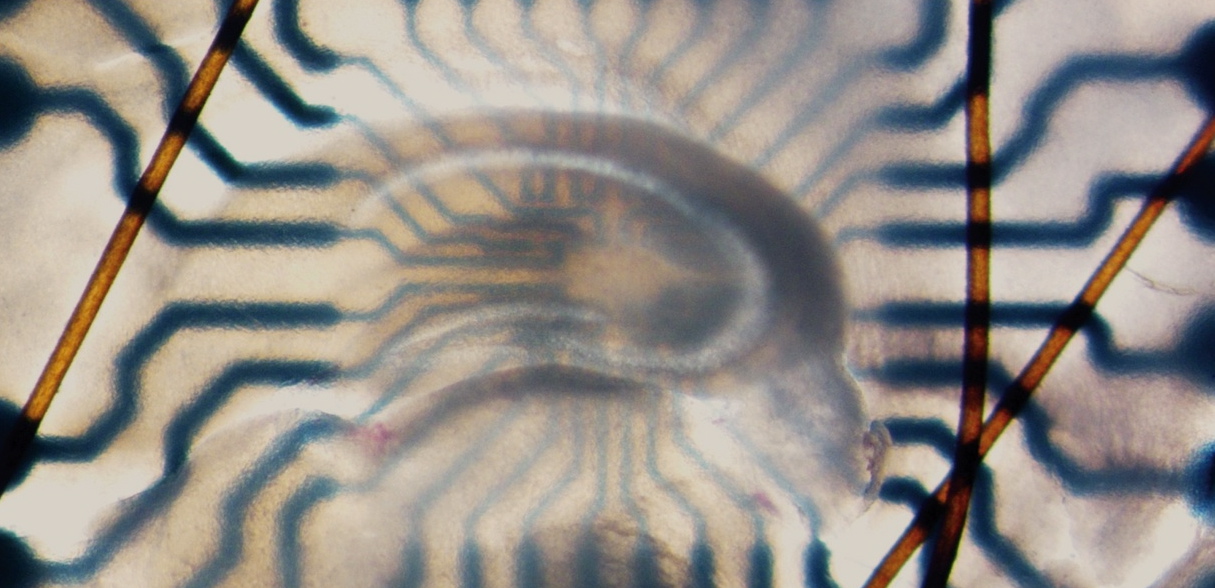
Applications targeted within the group look to the unique benefits and opportunities afforded by organic bioelectronic materials and devices. This ranges from enhanced signal transduction, improved safety or longevity, and form factors un-attainable by traditional bioelectronic materials.
Implantable, wearable devices
Thin film technology, along with organic bioelectronic devices with high inherent amplification or low interfacial impedance enable ultra-flexible form factors for wearable and implantable applications. Our current interests include integration of sensing and stimulating nodes into devices for bi-directional interfacing with muscle, nerves, and/or skin.
Regenerative Engineering
Conducting polymers can take on a number of unique form factors, from fibers to scaffolds to gels, which show promise across applications regenerative engineering. We target synthetic and composite approaches to enable new opportunities in tissue regeneration. Targets include musculoskeletal, cardiac, and neural tissue.
in vitro platforms
Organic electronic devices can be readily integrated into in vitro platforms to monitor electro active cell function, as well as to track in-line metabolite/biomarkers or to monitor the adhesion or coverage of cell layers, or their barrier tissue integrity. Applications in bacterial signaling and swarming of neutrophils are of current interest.

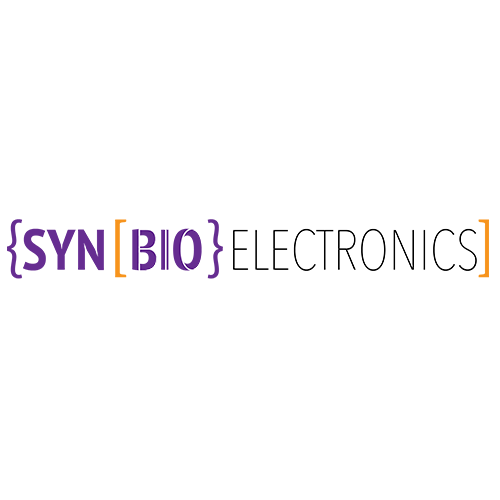

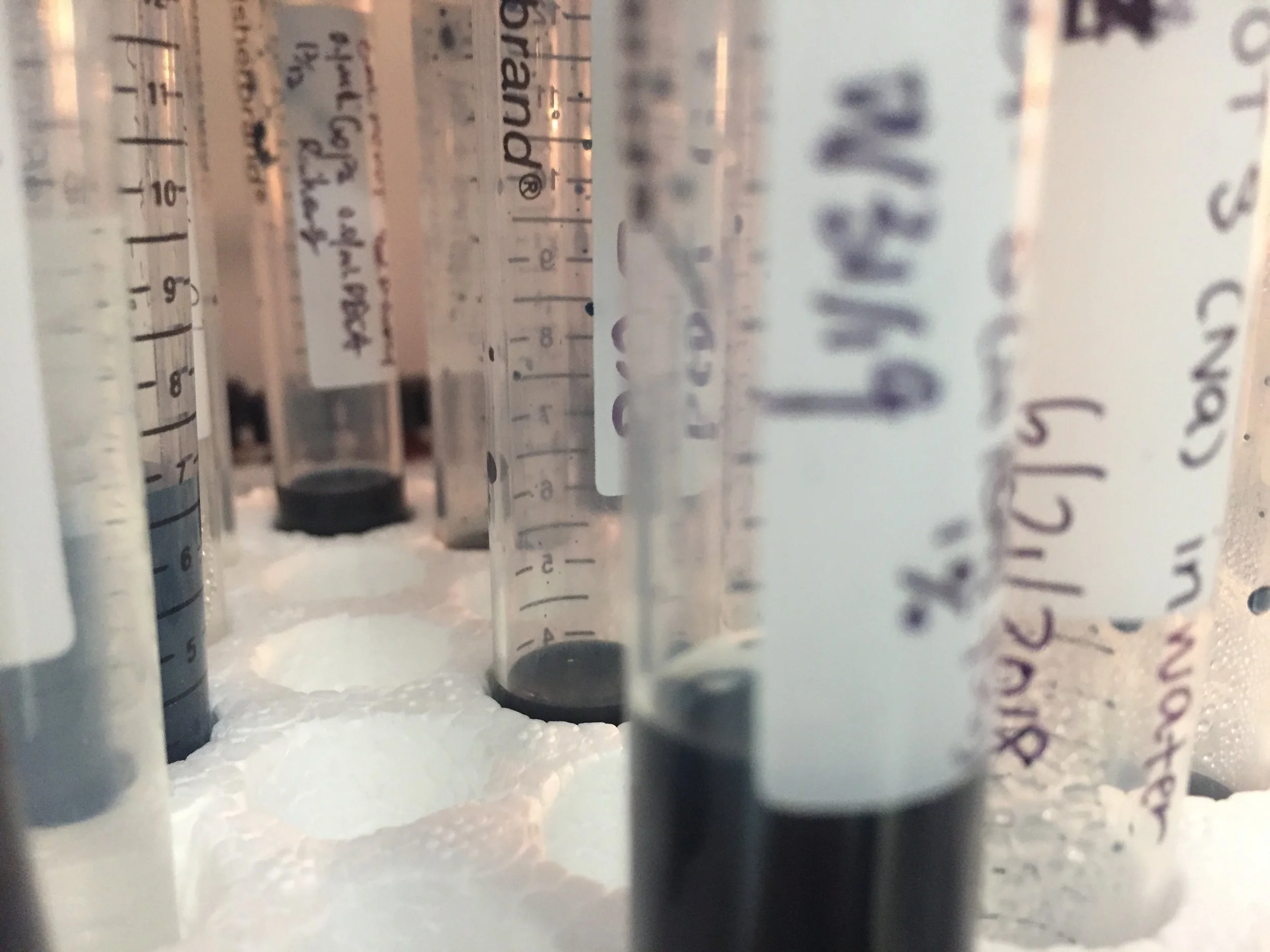
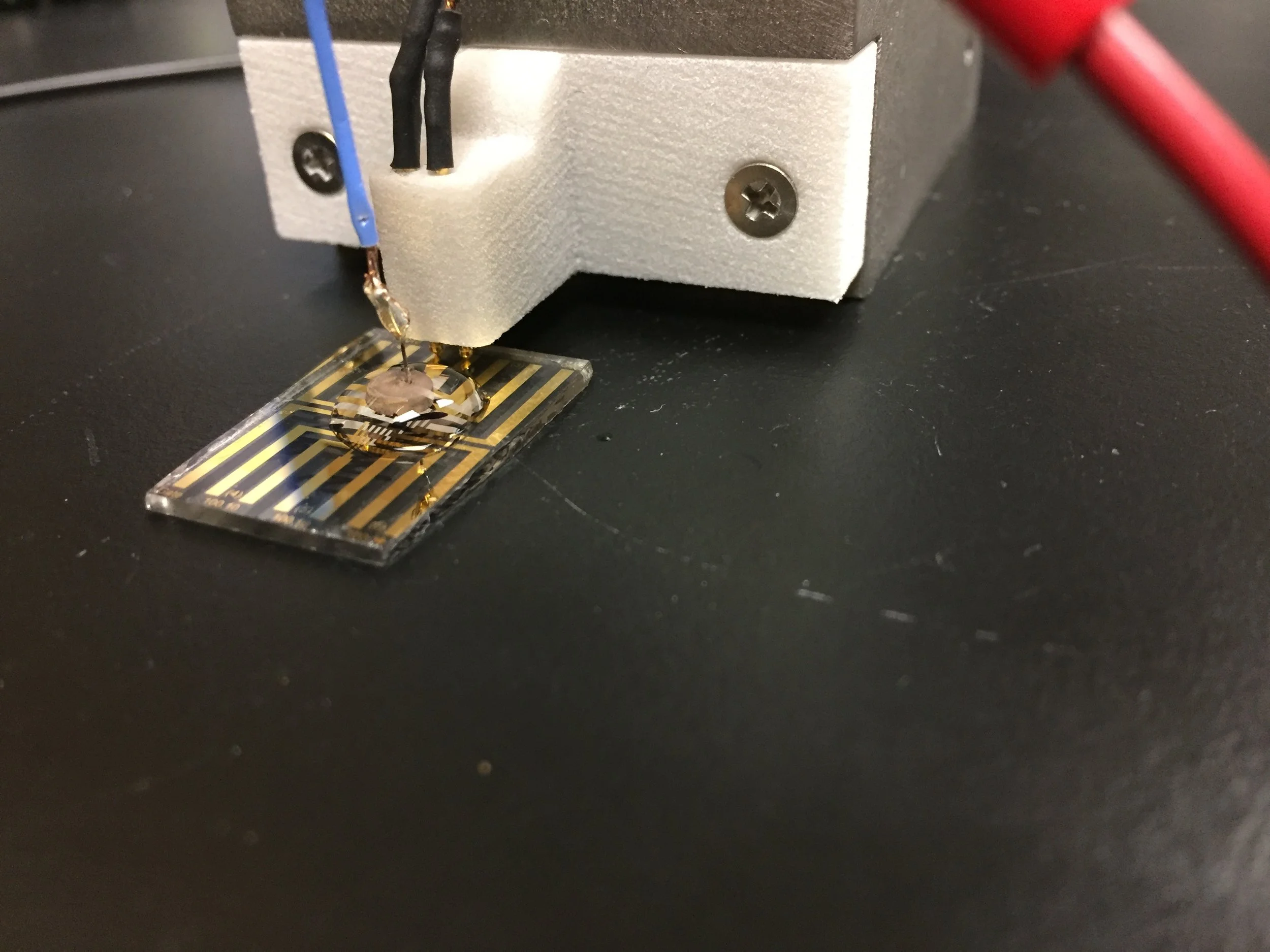
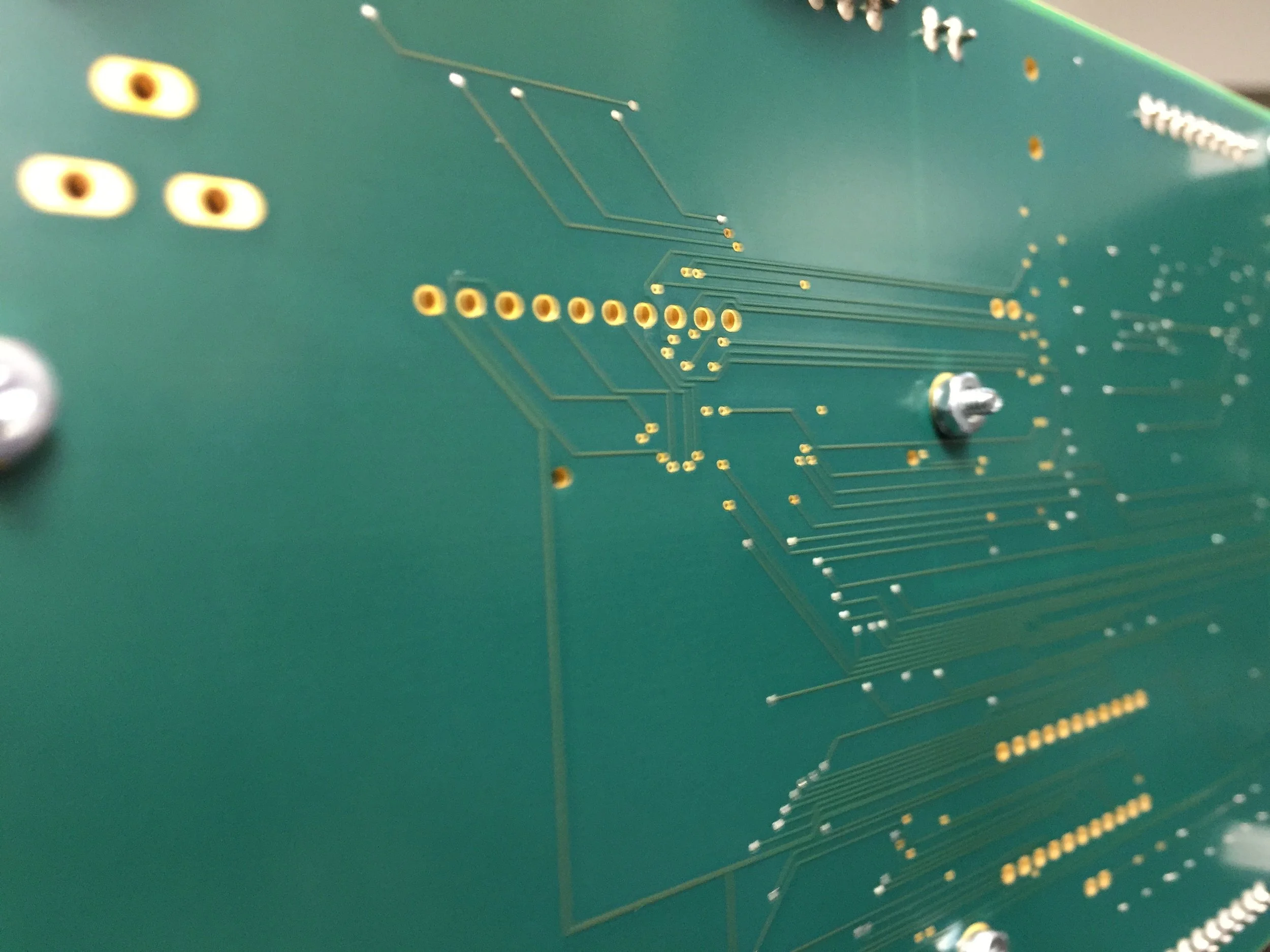
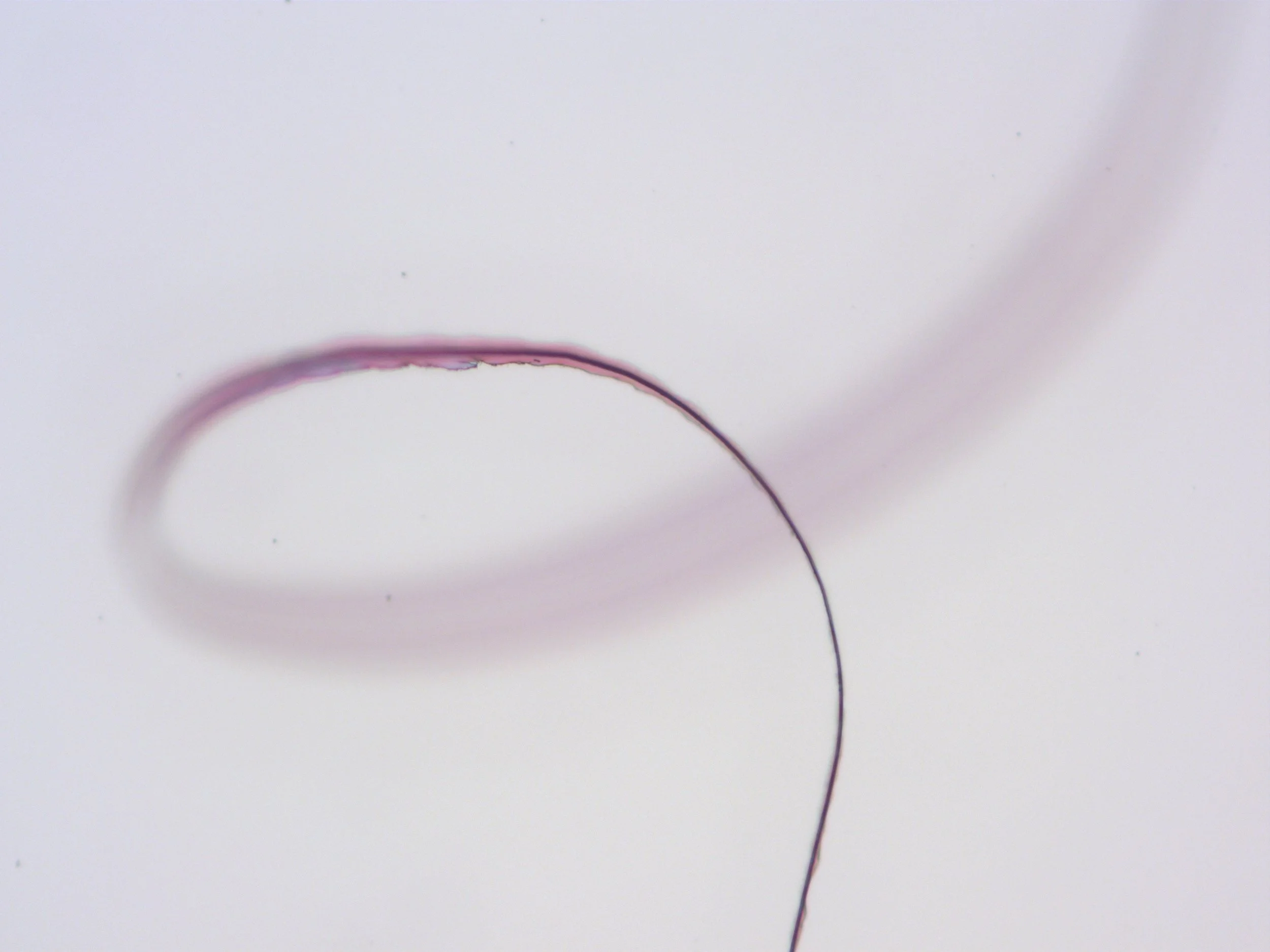

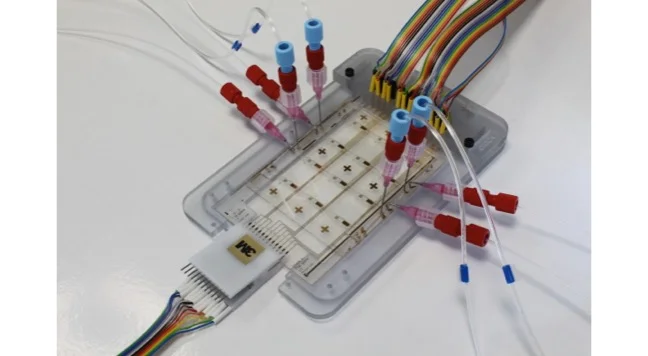

![NU_CARE_Horiz_RGB_purple_lrg[1] copy.png](https://images.squarespace-cdn.com/content/v1/5b3fad18af2096f8b7ddb0a4/1550545036458-84TBCQDE3C992I14HXXM/NU_CARE_Horiz_RGB_purple_lrg%5B1%5D+copy.png)







